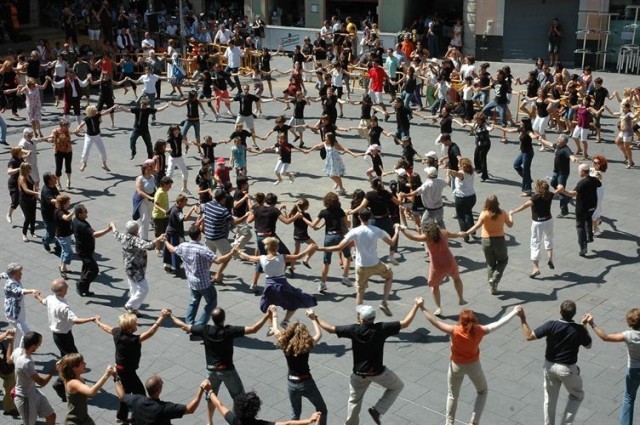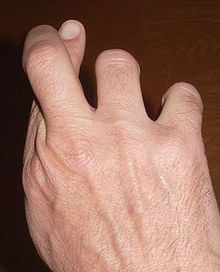In a desperate attempt to get my mind some way away from the interminable “None Of The Above” election of a right-wing dingbat to head up what used to be The Conservative Party and therefore the Brexit Failure that is Britain, I turn to Art.
Admittedly I can find plenty of examples of works that would reflect what is going on in Britain at the moment, with perhaps Goya’s etching of “The Sleep of Reason Produces Monsters”, or perhaps Bosch with “The Ship of Fools” or even Lady Butler’s “Charge of The Light Brigade” (and yes, I do know that the title is wrong, the brigade is wrong, the war is wrong, the enemy is wrong, and the outcome is wrong for the original painting) but in the popular imagination (and we are, after all in the right-wing world of alternative facts) the painting shows the valiant and deeply stupid charge of horses against artillery, an exercise in Crimean futility and therefore all the more applicable to ‘modern’ Conservatism as exemplified by None of the Above.
But I want to get away from all that. I want escape from the realities of life and find solace in Art.
Except, the more I study art, the less I find that I can use it to exist in that illusory world of appreciation that I thought that my studies would let me access.
If you study Art History or Art Appreciation nowadays, the one thing that art courses force you to do is to link the art to its time and its society. The Great Artist concept of creation where a supremely gifted Man (women have only relatively recently made it into the pantheon of greatness!) produces a Work of Art that transcends time and space and lives in a sort of artistic void where It alone exists and where the viewer can truly contemplate it as a separate entity, a calling of soul to soul.
The concept of the artist as a lonely genius, existing only for their art and starving in a garret if necessary, rather than compromising integrity by bowing to the dictates of mere commercialism, is a tempting fantasy.
Van Gogh we are told sold no paintings (or just a couple) in his lifetime, but he went on painting. And he also went on being supported by his brother, Theo, so Vincent could go on producing the paintings that had so little (literal) currency while he was alive, and we also have the letters that the brothers sent to each other which are well worth reading.
Artists have to live and they need money. Blake did drawings for Wedgewood for a catalogue of china; Turner churned out popular prints for commercial exploitation when he was younger; atheists painted religious art for wealthy church patrons; portraitists flattered their sitters; Warhol, well, Warhol exploited exploitation and made Art out of artfulness, or something!
I suppose that, for me, the ideal ‘absolute’ painting would be one of Monet’s water Lilly canvasses. Living and being brought up in Cardiff and having access to the National Museum in Cathays Park meant that I could go (for free, except for the imposition of museum charges by the Conservative government under Heath of evil memory) and see the Davies Sisters’ Bequest to the museum.
The Davies sisters were the daughters of coal owners who had an interest in art, knew Vollard the art dealer and bought extensively and then bequeathed their artistic riches to the nation. In what I often take pride in describing as the greatest collection of Impressionist paintings outside London, I was able to enjoy Renoir, Monet, Manet, Cezanne, Van Gogh, Sisley, and more (and yes, I do know that not all of those painters are comfortably contained by the term Impressionist) at my leisure and pleasure.
The paintings I always came back to were the three water lily paintings by Monet, with my favourite being the most abstract. When I was younger, I used to think when I looked at it that it was a sort of solemn communion between the painting and my callow self. Nothing else existed.
Except, of course, things did. And do.
Quite apart from where the Davies sisters got their money and how it was made, there is the whole question of why they bought Monet when they did. How did Monet get to be famous and his paintings collectable? And why collect paintings at all? What does a painting really show what does it really represent?
Before we get bogged down in the philosophical questions about the production, sale and display of art, let’s just consider a simple, practical element in the mythology of Impressionism.
In the series of paintings that Monet completed he chose subjects like the façade of Rouen Cathedral, haystacks, and lilies in one specific pond, trees. He painted thee subject multiple times at different times of the day and with different viewpoints. As opposed to the previously highly finished canvasses of the previous century and of many of his contemporaries his canvases often looked more like sketches, his brush strokes were large and obvious and there was rapidity to his work that made it look almost spontaneous.
Previous artist had usually made sketches of details or scenes en plein air that they would work up later in the studio. There could be pencil sketches, charcoal or pastel or watercolour, but oils were something that needed more effort as colours needed to be made when you needed them, the pigment being mixed with oil. The sketching then was limited by medium. It was the production of ready mixed oil paint in tubes that made it possible for artists to take oil paint with them into the countryside and produced oil paintings in the open air away from the studio. Renoir is reported to have said, that without the invention of tubes of ready mixed oil paint, Impressionism would never have happened!
So the sketch-like spontaneity of Impressionist canvasses is a direct result of the industrialization of oil colour production – the mechanical and prosaic having a direct effect on the artistic and rarefied!
And I have already typed myself into a calmer frame of mind. Art wins again!






